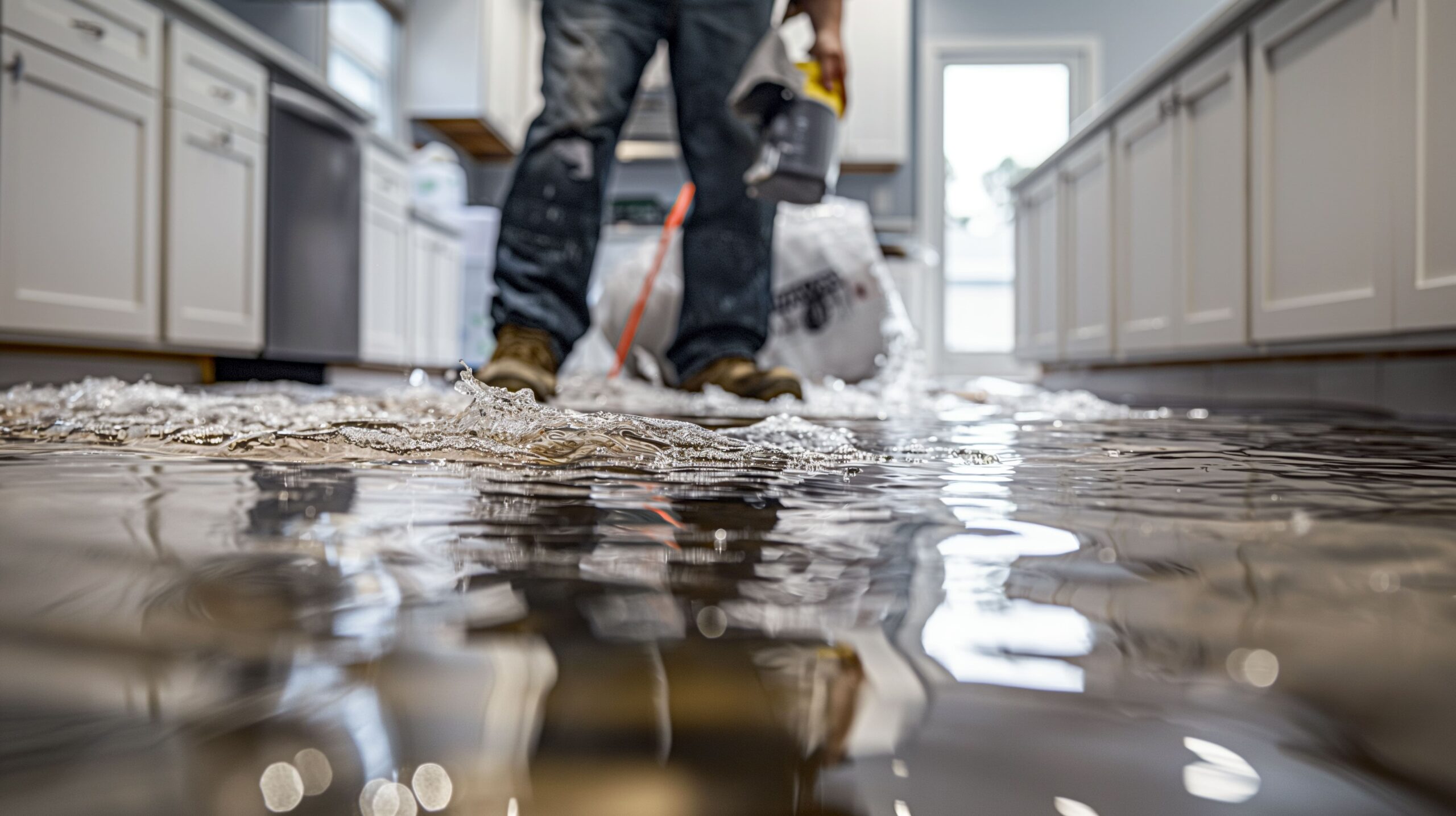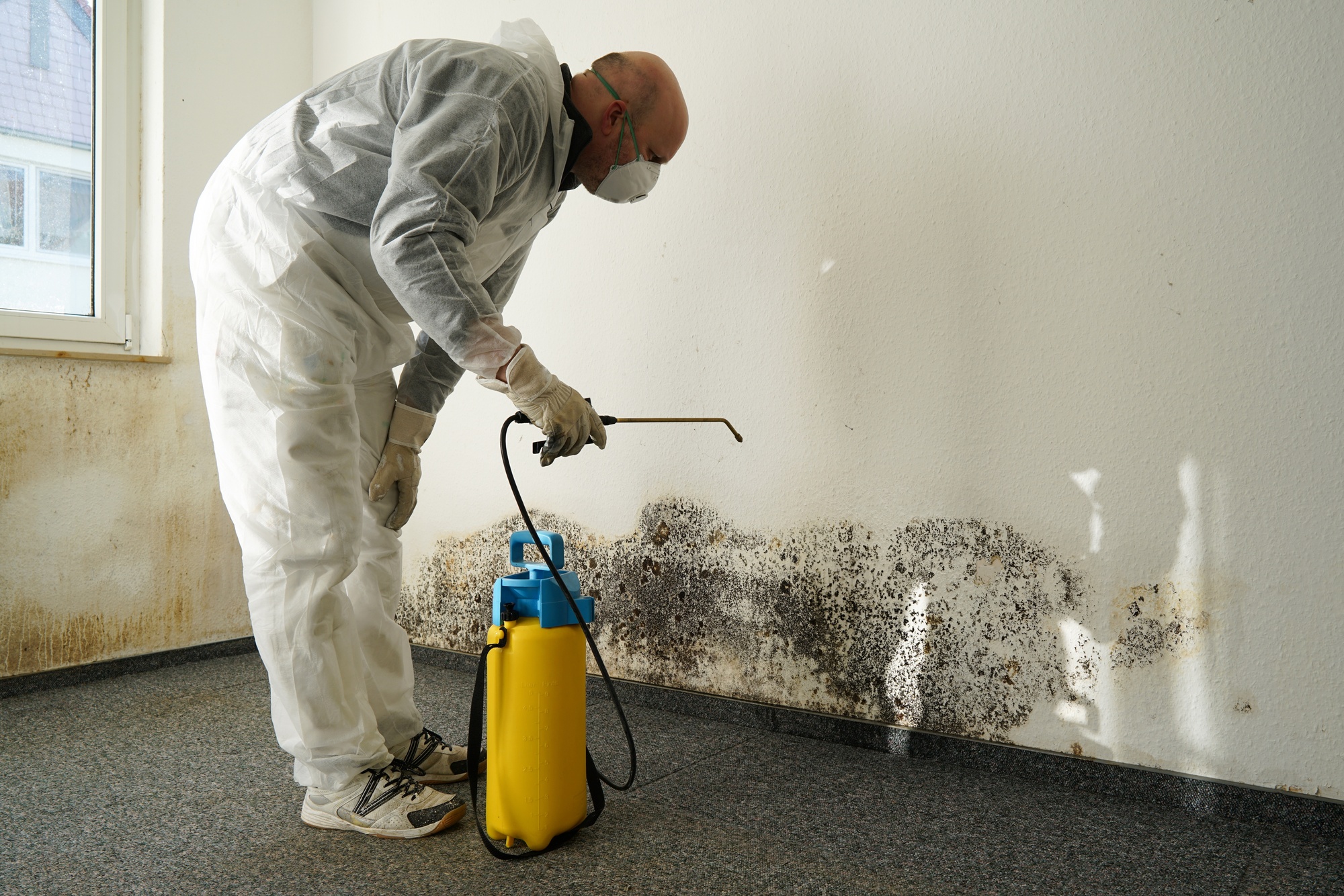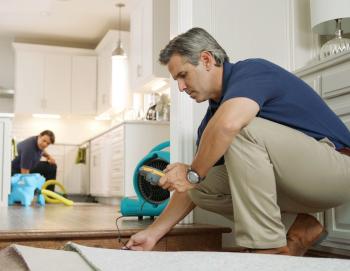Water Damage Restoration 101: Comprehending the Process and Expense
Water damage can strike all of a sudden, leaving homeowners in a state of confusion. Recognizing the remediation procedure is vital for effective recovery. From examining the damage to choosing the ideal company, each action influences the overall outcome and price. Aspects such as the kind of water damage and seriousness likewise play a substantial duty. What are the certain methods used in reconstruction, and how can one prepare for potential expenditures?
Kinds of Water Damage
Water damage can develop from different sources, each providing distinct obstacles for restoration. The three main types of water damage are categorized based upon contamination levels: clean water, grey water, and black water. Tidy water originates from sources like busted pipelines or rainwater, posturing very little wellness risks. Gray water, which includes wastewater from sinks or washing devices, has pollutants that may create pain or disease if ingested. Black water, one of the most harmful category, originates from sewage or floodwaters, containing damaging bacteria and virus. Each type requires details repair techniques and precaution to properly reduce and address the damage wellness risks. Understanding these distinctions is essential for house owners and experts involved in the water damage repair procedure.
Preliminary Analysis and Examination
A detailed initial evaluation and examination are vital action in the water damage repair procedure. This stage starts with a professional evaluating the degree of the damage, determining the source of the water invasion, and determining the type of water included - Water Damage Restoration. Specialists use customized tools to gauge dampness degrees in different products, such as walls, floorings, and furniture. Furthermore, they analyze architectural stability and possible health and wellness risks, consisting of mold growth. The findings from this evaluation inform the remediation plan, guiding necessary activities and source allowance. Precise paperwork of the damage is important for insurance coverage claims and future reference. In general, this preliminary assessment lays the foundation for reliable reconstruction, ensuring a thorough feedback to the certain circumstance at hand

Water Extraction Techniques
Following the first analysis, efficient water removal techniques are employed to minimize damage and stop more problems. These techniques involve using specific equipment such as submersible pumps and industrial-grade vacuum cleaners. The selection of technique relies on the quantity of water present and the kind of products affected. For standing water, completely submersible pumps are typically made use of for fast elimination, while vacuums are ideal for removing water from carpets and furniture. Additionally, progressed methods like water removal mats may be employed for hard-to-reach locations. The goal is to get rid of as much water as possible, lessening the potential for mold growth and architectural damage. Trigger and reliable water extraction is necessary in the overall water damage repair procedure.
Drying and Dehumidification Process
When the water removal is complete, the drying out and dehumidification procedure becomes vital to restoring the afflicted location. This phase normally uses industrial-grade dehumidifiers and air movers to efficiently lower moisture levels. The dehumidifiers pull in wet air, removing excess humidity, while air movers distribute air to increase dissipation. Monitoring tools is commonly utilized to track humidity and temperature degrees, ensuring ideal drying conditions. The period of this procedure can differ depending upon the level of the water damage and ecological variables. It is vital to thoroughly dry all affected materials, including walls, flooring, and home furnishings, to stop mold and mildew development and structural damage. Proper implementation of this step is critical for a successful remediation result.
Cleaning Up and Sanitizing Afflicted Locations

Initial Analysis and Examination
Before starting any restoration efforts, a comprehensive first evaluation and inspection of the impacted locations are important for reliable cleaning and disinfecting. This process entails determining the extent of water damage, determining the source of the water breach, and assessing the products affected. Examiners commonly search for indicators of mold growth, architectural honesty issues, and harmed personal belongings. The evaluation additionally includes examining wetness levels utilizing specialized tools to ensure no surprise water pockets remain, as these can cause more complications. Documenting the findings is necessary for intending the next actions in the repair process. An in-depth first assessment enables remediation experts to create a targeted strategy for reliable cleansing and sanitizing, ultimately decreasing damage and health risks.
Cleaning Techniques and Products
Effective cleaning and sanitizing of water-damaged locations call for a selection of strategies and items tailored to the certain products influenced. For porous surface areas like drywall and carpets, removal techniques are vital to get rid of excess wetness, adhered to by deep cleansing with specialized cleaning agents. Non-porous materials such as ceramic tile or metal can be cleaned using commercial-grade cleansers that properly get rid of contaminants. Vapor cleansing is one more efficient technique, specifically for carpetings and furniture, as it utilizes high temperatures to eliminate microorganisms and mold and mildew. In addition, environmentally friendly products are significantly preferred for their security and effectiveness. Inevitably, picking the ideal cleansing techniques and products not only guarantees immediate cleanliness but additionally help in Water Damage Restoration stopping additional damage and carcinogen connected with water intrusion.
Sanitization and Disinfection Methods
When resolving water damage, correct sanitization and sanitation techniques are important to ensure the safety and health and wellness of the affected atmosphere. After first cleaning, surface areas must be treated with ideal disinfectants to get rid of pathogens, mold, and microorganisms that flourish in damp problems. Typical approaches include making use of EPA-approved chemical anti-bacterials, which can be applied via spraying or wiping methods. In addition, ultraviolet (UV) light systems can efficiently disinfect areas by neutralizing microbes without extreme chemicals. The choice of method usually depends upon the sort of materials impacted and the level of contamination. Ultimately, complete sanitization not just brings back a secure home but likewise helps stop future health and wellness risks related to lingering wetness and mold growth.

Repair Services and Restoration Options

Elements Affecting Restoration Expenses
The level of water damage directly affects the reconstruction costs home owners can expect to incur. Factors such as the source of the water, the period of exposure, and the affected products greatly influence prices. For circumstances, clean water damage from a damaged pipeline is usually less costly to bring back contrasted to damage triggered by sewer. In addition, the level of contamination determines the requirement for specialized cleansing and disposal services, even more increasing expenditures. Geographic area also plays a duty, as regional labor prices and availability of reconstruction services can differ. The necessity of the response impacts expenses; quicker interventions usually lead to reduce overall expenses by preventing more damage. Recognizing these variables is crucial for property owners when approximating restoration expenses
The 3 main types of water damage are categorized based on contamination degrees: clean water, gray water, and black water. A comprehensive initial analysis and examination are crucial steps in the water damage restoration procedure. For standing water, submersible pumps are generally utilized for quick removal, while vacuum cleaners are suitable for drawing out water from carpetings and upholstery. The extent of water damage straight impacts the remediation sets you back property owners can anticipate to sustain. Clean water damage from a busted pipe is usually less costly to bring back compared to damage triggered by sewage.